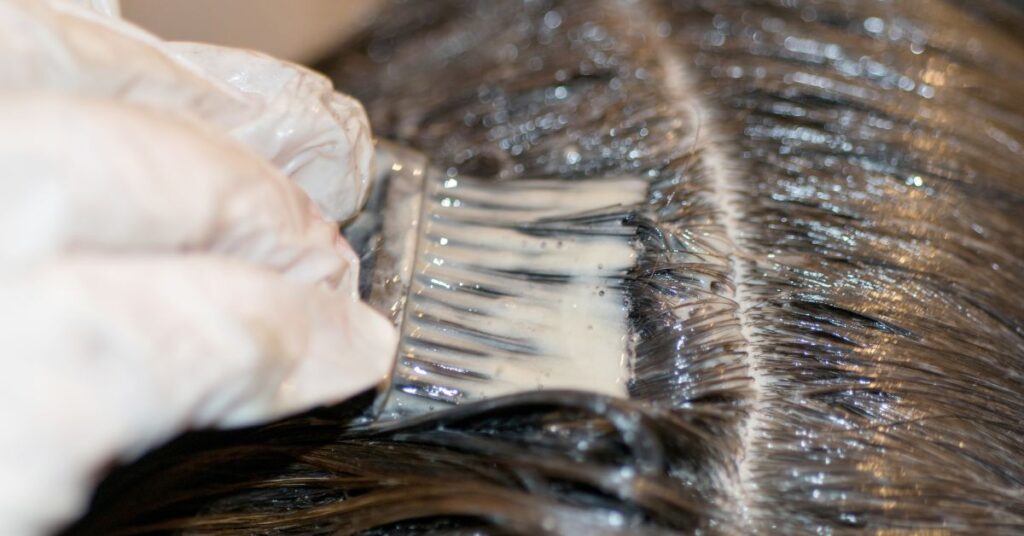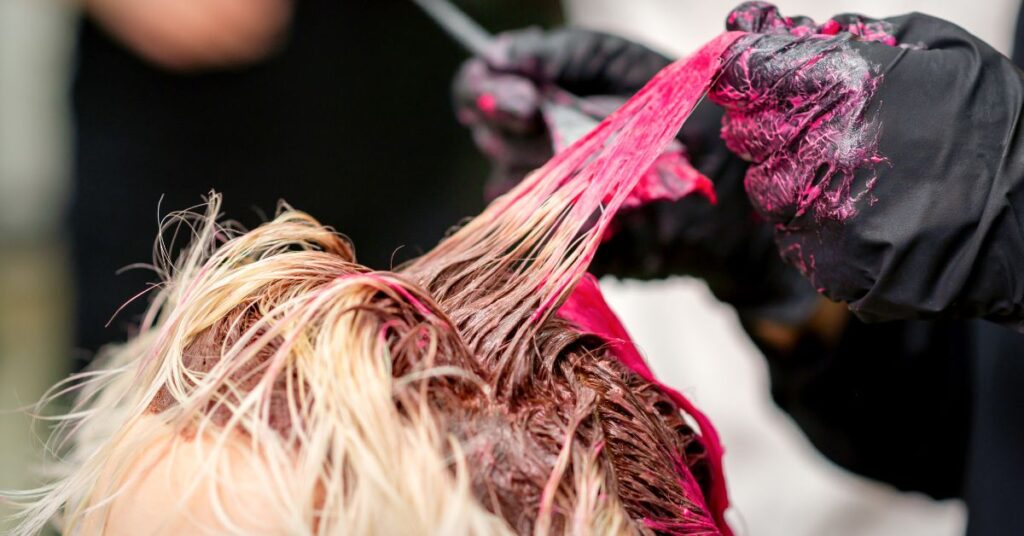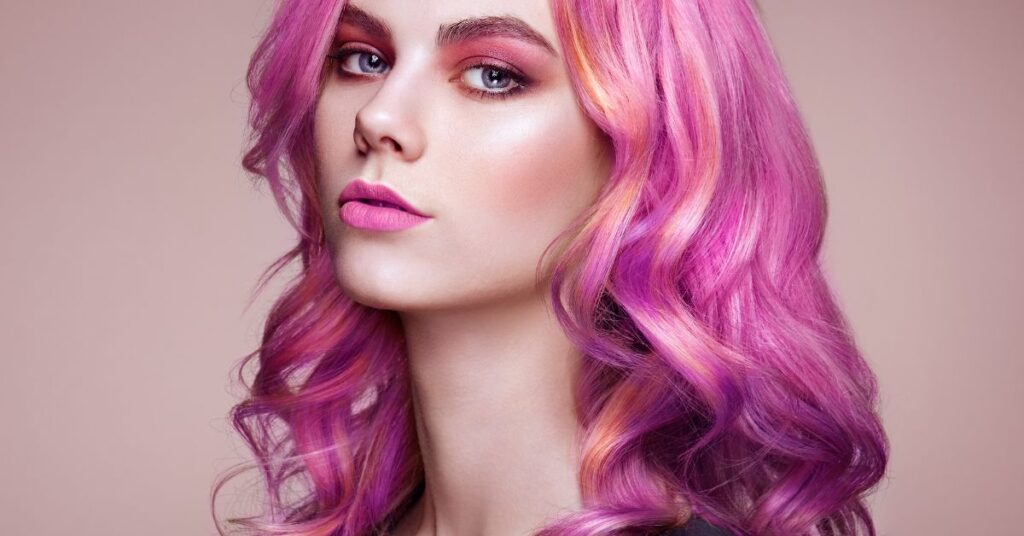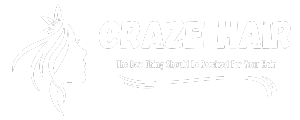
Introduce
Welcome to our comprehensive guide on coloring and perming tips for healthier looking hair. In this article, we’ll delve into the essential aspects of safely coloring and perming your hair while maintaining its health and vitality. From understanding the basics of hair structure to choosing the right products and implementing effective techniques, we’ll equip you with the knowledge and strategies you need to achieve stunning results without compromising the health of your hair. Whether you’re a seasoned pro or new to coloring and perming, this guide has something valuable to offer. Let’s embark on this journey to healthier, more beautiful hair together.
Understanding Hair Structure: The Foundation for Healthy Coloring and Perming
Before diving into the world of coloring and perming, it’s crucial to have a solid understanding of the structure of your hair. This knowledge forms the foundation for making informed decisions and implementing effective hair treatments.
Hair Anatomy:
Hair is composed of three layers: the cuticle, cortex, and medulla. The outermost layer, the cuticle, consists of overlapping scales that protect the inner layers. Understanding the structure of the cuticle helps in comprehending how different hair treatments interact with it.
Hair Porosity:
Porosity refers to your hair’s ability to absorb and retain moisture and chemicals. It’s determined by the condition of the cuticle layer. High porosity hair has gaps in the cuticle, allowing for quick absorption but also rapid loss of moisture. Low porosity hair has a tightly closed cuticle, making it resistant to moisture and chemical penetration. Understanding your hair’s porosity level helps in selecting the right products and treatments.
Hair Texture:
Hair texture refers to the thickness or diameter of individual hair strands. It can range from fine to coarse and influences how hair reacts to treatments like coloring and perming. Fine hair may be more susceptible to damage from chemical treatments, while coarse hair may require different processing times and techniques.
Scalp Health:
The health of your scalp plays a significant role in the overall health of your hair. A healthy scalp provides a strong foundation for hair growth and can impact the success of coloring and perming treatments. Factors such as scalp pH, oil production, and scalp conditions like dandruff or dermatitis should be considered before undergoing any chemical treatments.
Hair Growth Cycle:
Understanding the hair growth cycle is essential for managing colored or permed hair. The cycle consists of three phases: anagen (growth phase), catagen (transitional phase), and telogen (resting phase). Hair treatments can affect the hair growth cycle, influencing factors such as shedding and breakage.
Preparing Your Hair: Essential Steps Before Coloring or Perming
Preparing your hair adequately before coloring or perming is crucial for achieving optimal results and minimizing damage. This section covers the essential steps you should take to ensure your hair is ready for chemical treatments.
Clarifying Shampoo:
Start by washing your hair with a clarifying shampoo to remove any buildup of product residue, oils, and impurities. This ensures that the hair is clean and free from barriers that could interfere with the coloring or perming process.
Deep Conditioning Treatment:
Follow up the clarifying shampoo with a deep conditioning treatment to nourish and moisturize your hair. Conditioning helps to restore moisture balance and strengthen the hair strands, making them more resilient to the chemical treatment.
Strand Test:
Perform a strand test to assess how your hair will react to the coloring or perming chemicals. This involves applying a small amount of the product to a section of hair and observing the results. A strand test helps to determine the processing time and potential outcome of the treatment.
Patch Test:
Conduct a patch test to check for any allergic reactions or sensitivities to the coloring or perming products. Apply a small amount of the product to a discreet area of skin, such as behind the ear or on the inner arm, and monitor for any adverse reactions.
Trim Split Ends:
Trimming split ends before coloring or perming helps to prevent further damage and ensure even application of the chemicals. It’s essential to start with healthy hair to achieve the best results and maintain overall hair health.
Protecting the Scalp:
Apply a protective barrier, such as petroleum jelly or a protective cream, along the hairline and scalp to prevent irritation or staining from the coloring or perming chemicals. This step helps to safeguard the delicate skin around the hairline.
Avoiding Heat Styling:
Refrain from using heat styling tools, such as flat irons or curling wands, in the days leading up to your coloring or perming appointment. Heat styling can weaken the hair and make it more susceptible to damage from chemical treatments.

Choosing the Right Products: Safeguarding Hair Health During Treatment
Selecting the appropriate products is crucial for safeguarding the health of your hair during coloring or perming. This section outlines key factors to consider when choosing products and provides tips for ensuring the best possible outcome.
Quality of Products:
Opt for high-quality hair coloring and perming products from reputable brands. Quality products are formulated with safer ingredients and are less likely to cause damage to your hair.
Ammonia-Free Formulas:
Choose hair coloring products that are ammonia-free whenever possible. Ammonia can be harsh on the hair and scalp, causing dryness and damage. Ammonia-free formulas are gentler and less likely to cause irritation.
Moisturizing Ingredients:
Look for products that contain moisturizing ingredients, such as coconut oil, argan oil, or shea butter. These ingredients help to hydrate the hair and minimize moisture loss during the coloring or perming process.
pH-Balanced Formulas:
Select products with pH-balanced formulas to maintain the natural pH balance of your hair and scalp. pH-balanced formulas are less likely to cause irritation or disrupt the hair’s moisture balance.
Gentle Formulas for Sensitive Scalps:
If you have a sensitive scalp, opt for gentle formulas specifically designed for sensitive skin. These products are formulated with milder ingredients and are less likely to cause irritation or allergic reactions.
Semi-Permanent Options:
Consider using semi-permanent hair color or perming solutions, especially if you’re new to coloring or perming or want to experiment with different looks. Semi-permanent options are less damaging and provide a temporary change that gradually fades over time.
Professional Recommendations:
Consult with a professional hairstylist or colorist for product recommendations tailored to your hair type, texture, and desired outcome. Professionals have expertise in selecting the right products and can provide valuable guidance based on your individual needs.
Allergy Testing:
Perform an allergy test before using any new coloring or perming products, especially if you have a history of allergies or sensitivities. Apply a small amount of the product to a patch of skin and wait for any adverse reactions before proceeding with the treatment.
Techniques for Coloring: Tips for Achieving Vibrant Color Safely
Mastering the techniques for coloring your hair is essential for achieving vibrant color while maintaining its health. This section provides valuable tips and guidelines for coloring your hair safely and effectively.
Strand Test:
Before applying the color to your entire head, always perform a strand test to assess how your hair will react. This involves applying a small amount of the color mixture to a section of hair and observing the result to determine processing time and ensure the desired outcome.
Sectioning Hair:
Divide your hair into sections before applying the color to ensure even coverage. Use clips or hair ties to separate the hair into manageable sections, starting from the back and working your way to the front.
Applying Color:
Follow the instructions provided with the hair color kit for the best results. Use an applicator brush or bottle to apply the color evenly from root to tip, making sure to saturate each section thoroughly.
Avoiding Overlapping:
Avoid overlapping the color onto previously colored hair to prevent over-processing and damage. If you need to refresh the color on the lengths and ends, apply the color to the roots first and then comb it through the rest of the hair during the last few minutes of processing.
Timing:
Follow the recommended processing time specified in the instructions to achieve the desired color result. Avoid leaving the color on for longer than necessary, as this can lead to over-processing and damage to the hair.
Rinse Thoroughly:
Once the processing time is complete, rinse the color out of your hair thoroughly with lukewarm water until the water runs clear. Avoid using hot water, as it can cause the color to fade more quickly.
Conditioning Treatment:
After rinsing out the color, apply the conditioning treatment provided with the kit or use a deep conditioning mask to nourish and moisturize your hair. Conditioning helps to seal the hair cuticle and lock in color, leaving your hair soft, shiny, and vibrant.
Post-Color Care:
After coloring your hair, it’s essential to follow a gentle hair care routine to maintain the vibrancy and health of your color. Use color-safe shampoo and conditioner, avoid excessive heat styling, and protect your hair from UV exposure to prevent fading.
Perming with Care: Minimizing Damage and Maximizing Results
Perming can add volume, texture, and style to your hair, but it’s essential to approach the process with care to minimize damage and achieve optimal results. This section offers valuable tips and techniques for perming your hair safely and effectively.
Assessing Hair Condition:
Before perming your hair, assess its condition to determine if it’s healthy enough for the process. Avoid perming hair that is overly damaged, brittle, or recently chemically treated, as this can lead to further damage and breakage.
Consultation with a Professional:
Consider consulting with a professional hairstylist or perm specialist before attempting to perm your hair at home. A professional can assess your hair’s condition, recommend the best perm solution and technique for your hair type, and ensure a safe and successful perm.
Choosing the Right Perm Solution:
Select a perm solution that is suitable for your hair type and desired outcome. There are various types of perm solutions available, including alkaline, acid, and exothermic perms, each with different strengths and effects on the hair.
Test Curls:
Before applying the perm solution to your entire head, perform test curls on a small section of hair to determine the optimal processing time and curl pattern. This helps to ensure that you achieve the desired results without over-processing or damaging your hair.
Sectioning Hair:
Divide your hair into sections before applying the perm solution to ensure even coverage and consistent curl pattern. Use clips or hair ties to separate the hair into manageable sections, starting from the nape of the neck and working your way up to the crown.
Application Technique:
Follow the instructions provided with the perm kit for the best results. Apply the perm solution evenly to each section of hair, making sure to saturate the hair thoroughly from root to tip. Avoid applying the solution directly to the scalp to prevent irritation.
Processing Time:
Follow the recommended processing time specified in the instructions to achieve the desired curl intensity. Avoid leaving the perm solution on for longer than necessary, as this can lead to over-processing and damage to the hair.
Neutralizing and Rinsing:
Once the processing time is complete, rinse the perm solution out of your hair thoroughly with lukewarm water. Apply the neutralizer provided with the perm kit to set the curls and stop the perming process. Rinse again until the water runs clear.
Post-Perm Care:
After perming your hair, it’s essential to follow a gentle hair care routine to maintain the curl and health of your hair. Use a moisturizing shampoo and conditioner designed for permed hair, avoid excessive heat styling, and protect your curls from humidity to prevent frizz.

Conclusion
In conclusion, mastering the art of coloring and perming your hair requires careful consideration, preparation, and execution. By understanding the structure of your hair, selecting the right products, and implementing proper techniques, you can achieve vibrant color or beautiful curls while safeguarding the health of your hair. Whether you choose to color or perm your hair, taking the time to follow these tips and guidelines will ensure a safe and successful outcome. Remember to prioritize the health and integrity of your hair throughout the process, and consult with professionals when needed. With the right approach, you can enjoy the transformative benefits of coloring and perming while maintaining healthier-looking hair.read more
FAQs (Frequently Asked Questions)
Q: Is it safe to color or perm my hair at home?
A: Coloring or perming your hair at home can be safe if you follow the instructions carefully and take necessary precautions. However, consulting with a professional hairstylist is recommended, especially if you’re new to the process or have concerns about potential damage.
Q: How can I prevent damage to my hair when coloring or perming?
A: To minimize damage, it’s essential to assess the condition of your hair beforehand, choose high-quality products, and follow proper application techniques. Avoid over-processing, and always perform strand and patch tests before applying color or perm solution to your entire head.
Q: How long will the color or perm last?
A: The longevity of color or perm results varies depending on factors such as hair type, texture, and maintenance routine. Generally, permanent hair color can last up to six to eight weeks, while perms can last several months with proper care.
Q: Can I color or perm my hair if it’s damaged or previously chemically treated?
A: It’s not advisable to color or perm severely damaged hair or hair that has recently undergone chemical treatments, such as bleaching or relaxing. Wait until your hair is in better condition or consult with a professional for guidance.
Q: How do I maintain my colored or permed hair?
A: To maintain the vibrancy and health of your colored or permed hair, use sulfate-free shampoo and conditioner designed for color-treated or permed hair. Avoid excessive heat styling, protect your hair from UV exposure, and schedule regular touch-ups or treatments as needed.

